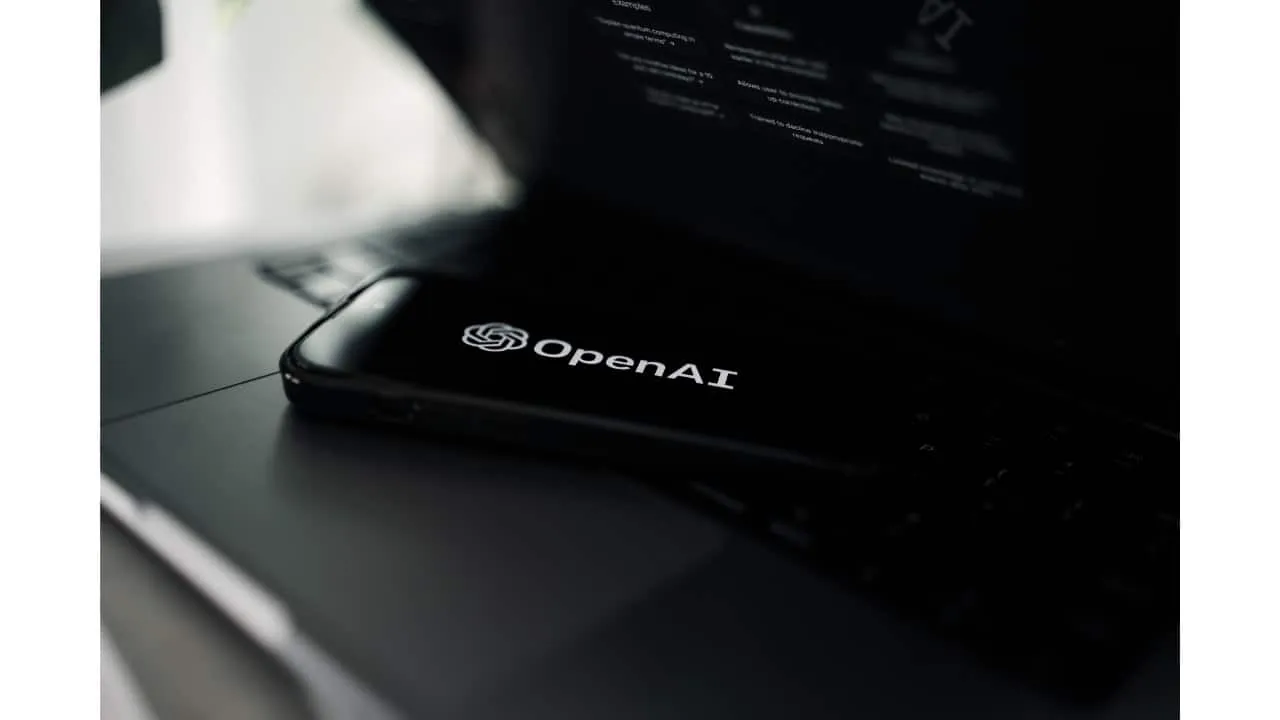OpenAI's Revolutionary o1 Models Transform ChatGPT's Response Capabilities

OpenAI is making headlines with the introduction of its new o1 models aimed at enhancing ChatGPT's ability to tackle complex inquiries. Similar to advanced cognitive processes, these models spend more time reasoning through problems before responding, much like human counterparts.
What Makes OpenAI's o1 Models Stand Out?
According to OpenAI, the o1 models perform comparably to PhD students in challenging benchmark tasks across fields like physics and chemistry. For instance, during the International Mathematics Olympiad qualifying exam, the original GPT-4o managed to solve only 13% of the problems while the o1 models scored a remarkable 83%, showcasing their superior reasoning capabilities.
Features and Limitations of the New Models
Despite their advanced reasoning prowess, the new models lack some of the popular features users expect from ChatGPT, like web browsing capabilities. OpenAI has acknowledged that, while these models excel in complex tasks, the traditional GPT-4o may still outperform in general user queries.
Availability of OpenAI's o1 Models
Starting today, ChatGPT Plus and Team users can access the new o1 models. Features like o1-preview will allow users to experience the enhanced capabilities with specific rate limits in place. Expectations are high as these innovative models redefine the standards for AI applications in math and science.
This article was prepared using information from open sources in accordance with the principles of Ethical Policy. The editorial team is not responsible for absolute accuracy, as it relies on data from the sources referenced.